Her pork roast was herby, crusty, and incredibly tender. Obviously she cooked it most of the afternoon since it was so fragrant by the time I got in from school. I can’t remember whether she made gravy with it, but it was always served with Uncle Ben’s Long Grain and Wild Rice. This wasn’t a pork loin, it was a fattier cut–a shoulder roast of some sort.
I can’t believe I’m the only one who remembers it! Still, since I remembered it so well, I had a fair amount of information to go on. Here’s the pork roast I make now. We love it, and if you have an afternoon, it’s one of the best low effort, high reward recipes I know. It’s herby, crusty, incredibly tender, and I always make gravy.
I use a bone-in Boston butt for Herb Roasted Pork. They go on sale frequently around here, which I love. It only takes a minute to stir together the mustard-herb mixture I slather all over the roast, and then I pop it in the oven. Three hours later, I pull it out and stick a fork in it. If the fork goes in easily and wiggles freely, it’s ready. Your internal temperature should be at least 190° or so, and will climb above 200° while resting. That’s a lot higher than you’d want for, say, a pork tenderloin, but you need the heat to dissolve the connective tissue. The connective tissue is what’s so flavorful, and dissolving it gives you succulent, tender, fall-apart pork. The bone helps, too.
The herb rub plus all the bone, marbling, connective stuff, and long cooking yields fantastic drippings for a delicious gravy. Did you know that meat drippings are an excellent source of choline, which supports brain function, liver function, and contributes to cognitive ability? They’re also a good source of vitamins D and E. (Who knew gravy was health food?) Happily, gravy only takes a few minutes to make.
Leftover pork can be used in all sorts of ways. You can pull it for barbecue sandwiches. You can chop it and fry it with spices and some orange zest for carnitas. Sliced leftover pork makes excellent cubanos. I’m using mine in egg roll filling.
Note that it’s easier to separate the pork from the pork fat if you’ve chilled the leftover roast several hours or overnight. If you have leftover gravy that separates, just stir it back together and enjoy!
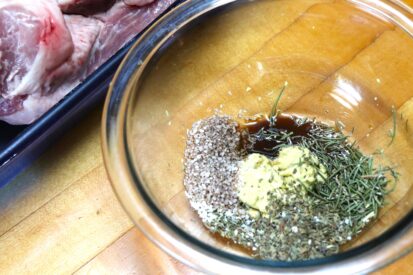
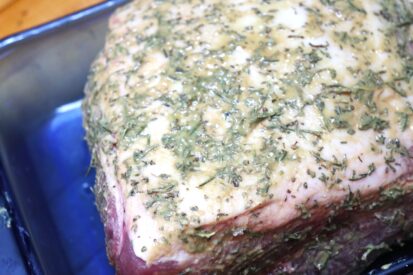
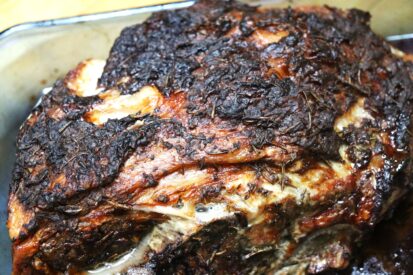
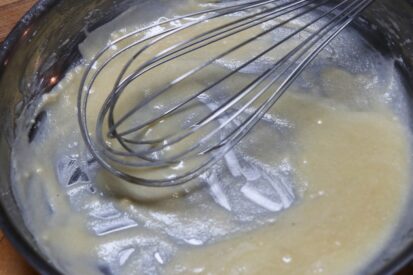
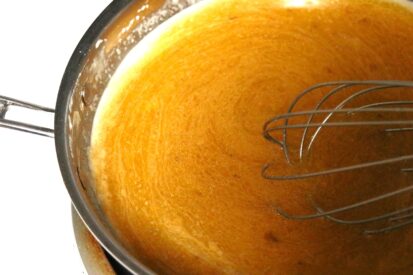
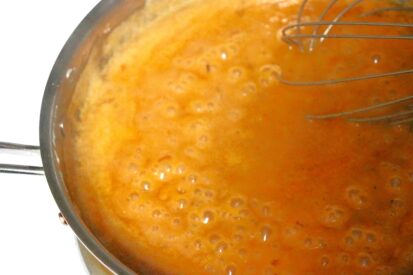
Herb Roasted Pork
Ingredients
- 4-6 lb. pork shoulder or Boston butt
- 3 T. Dijon mustard
- 2 T. kosher salt
- 1 T. Worcestershire sauce
- 1 T. dried rosemary, crumbled
- 1 T. dried basil
- 1 t. dried thyme
- 1 T. black pepper
- chicken stock
- 3 T. butter
- 3 T. flour
- salt and pepper to taste
Instructions
- Preheat oven to 350°. Unwrap the pork and put in a casserole dish or roasting pan just large enough to hold the roast comfortably.
- Stir together the mustard, salt, Worcestershire, herbs and black pepper in a small bowl. Apply the herb mixture to all sides of the roast. Roast the pork, uncovered and fat cap up, for three hours.
- After three hours check for fork tenderness. You want the pork's internal temperature to be 190°-200°. Ovens vary, so you may need to check a few times. Once the roast is fork tender and has reached 190°, take it out of the oven and let it rest undisturbed for 30 minutes.
- After 30 minutes, remove the pork to a cutting board and pour the drippings in a measuring cup. Add enough chicken stock to equal 2 cups liquid. Melt the butter in a sauce pan over medium heat. Whisk in the flour and cook, whisking constantly for a minute or two. Add a third of the dripping liquid and whisk in well. Stir in the rest of the liquid, and cook, stirring frequently, until the gravy reaches your desired consistency. Taste for salt and pepper and adjust if necessary.

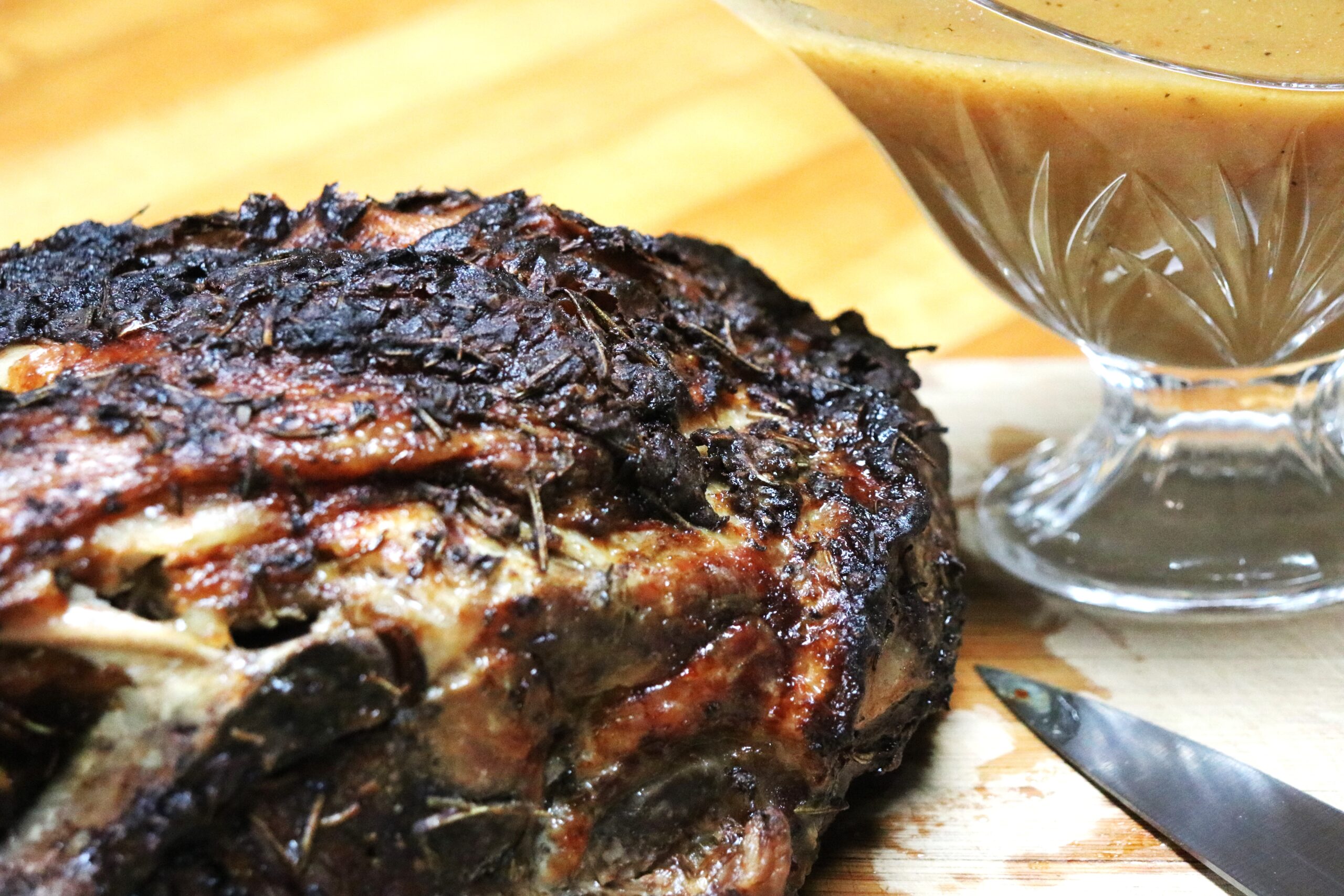
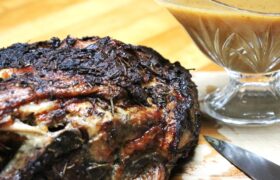
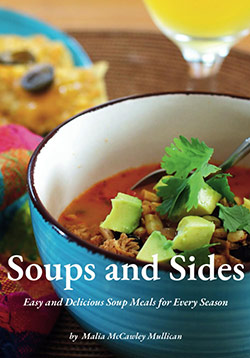











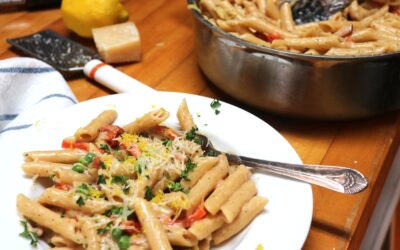
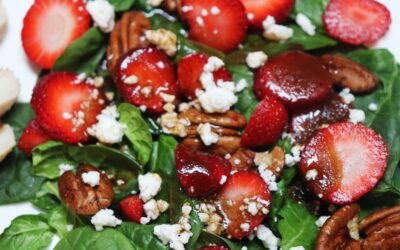
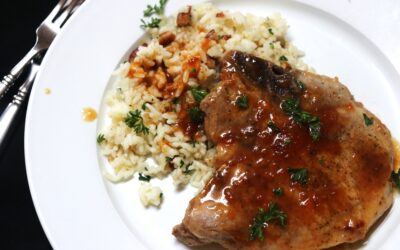

0 Comments